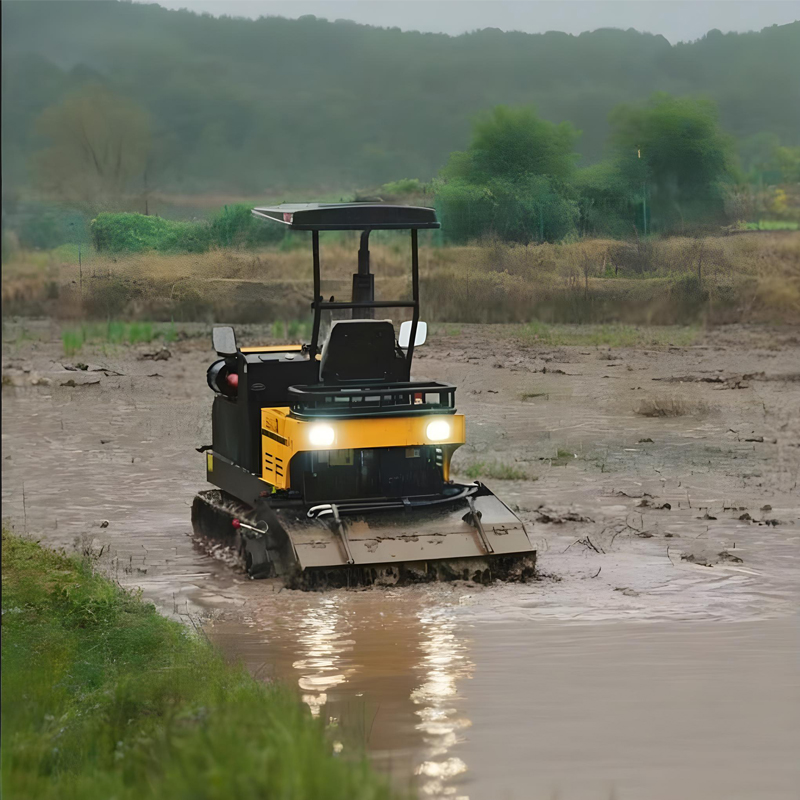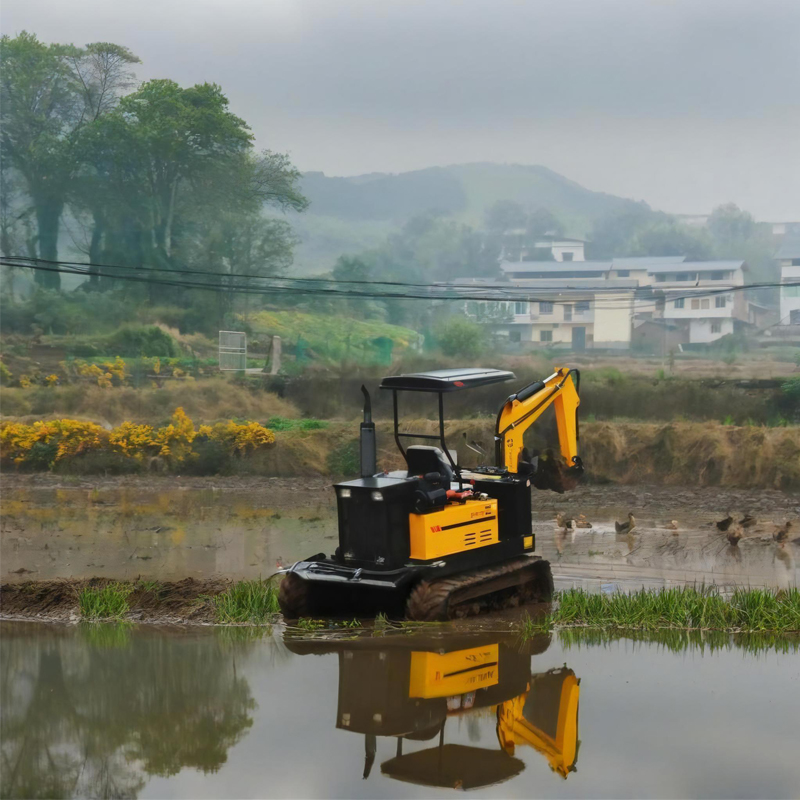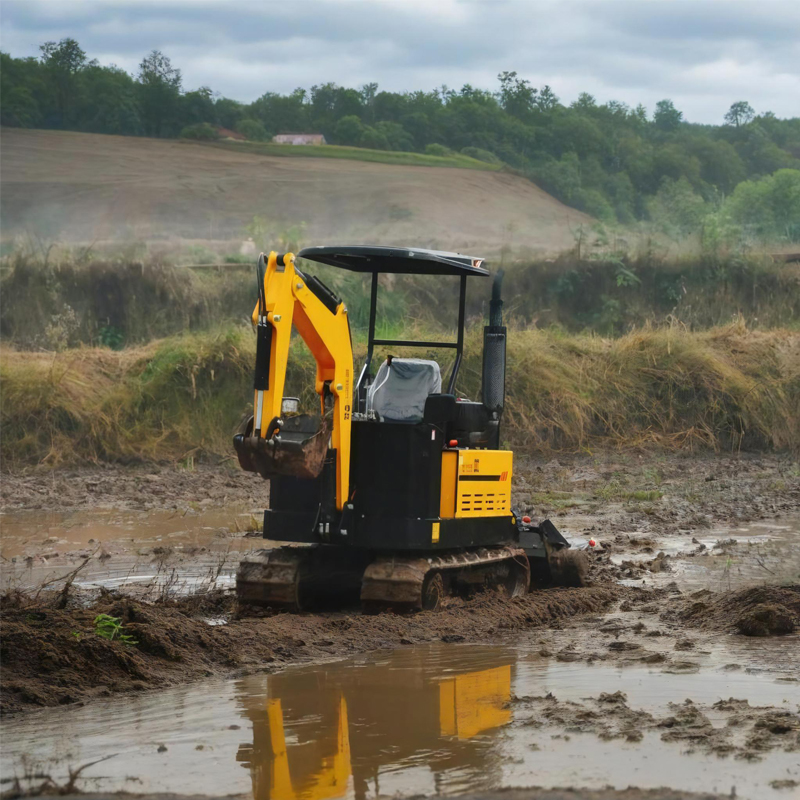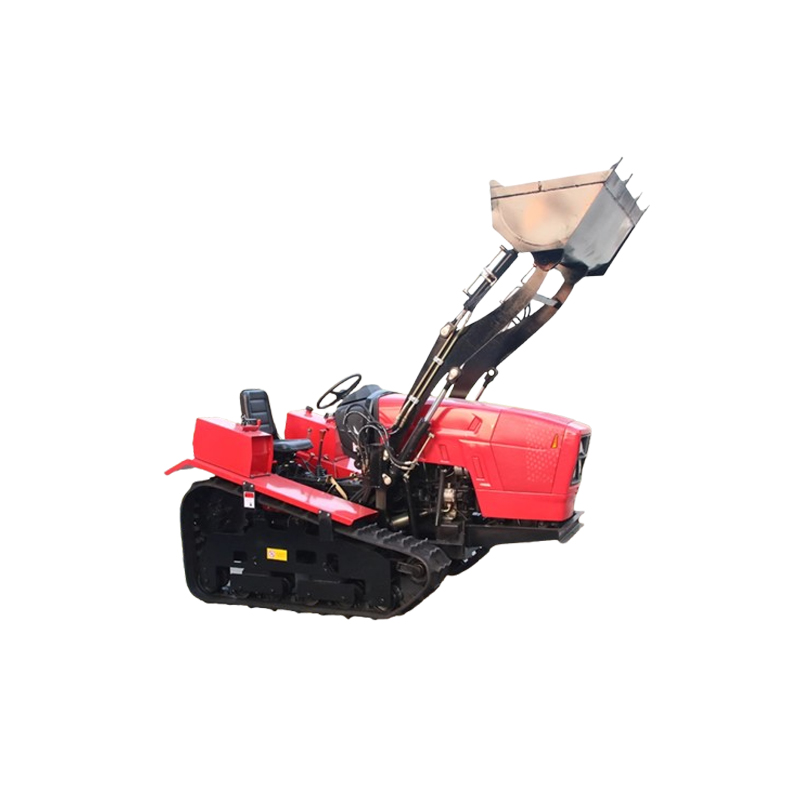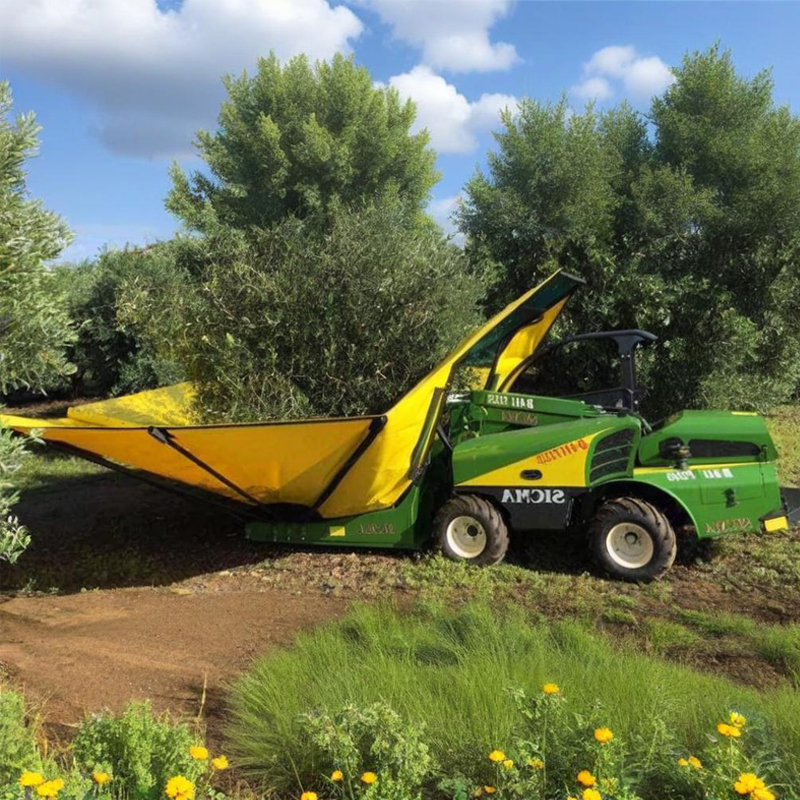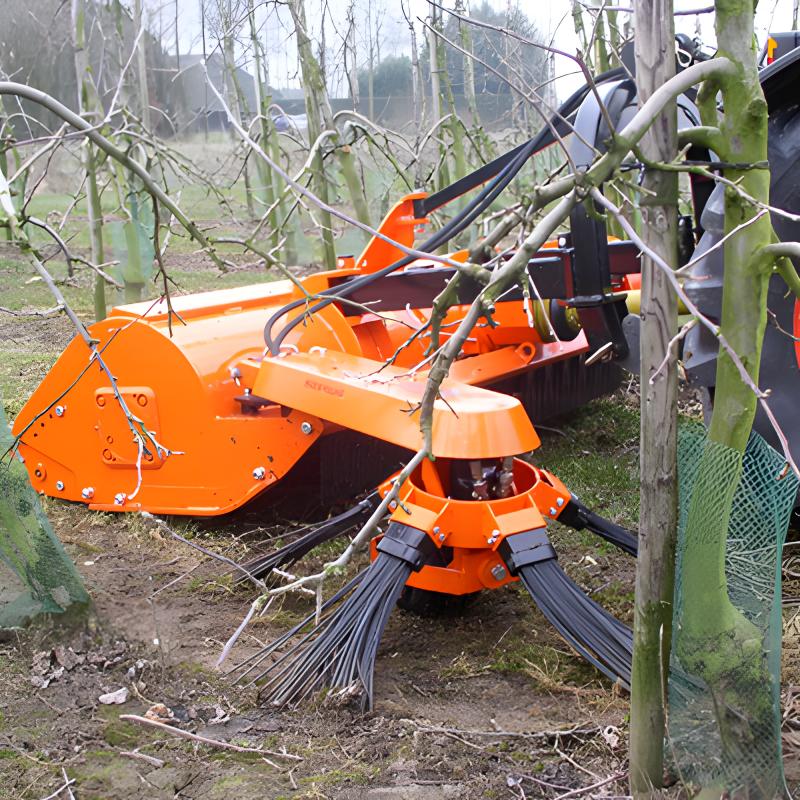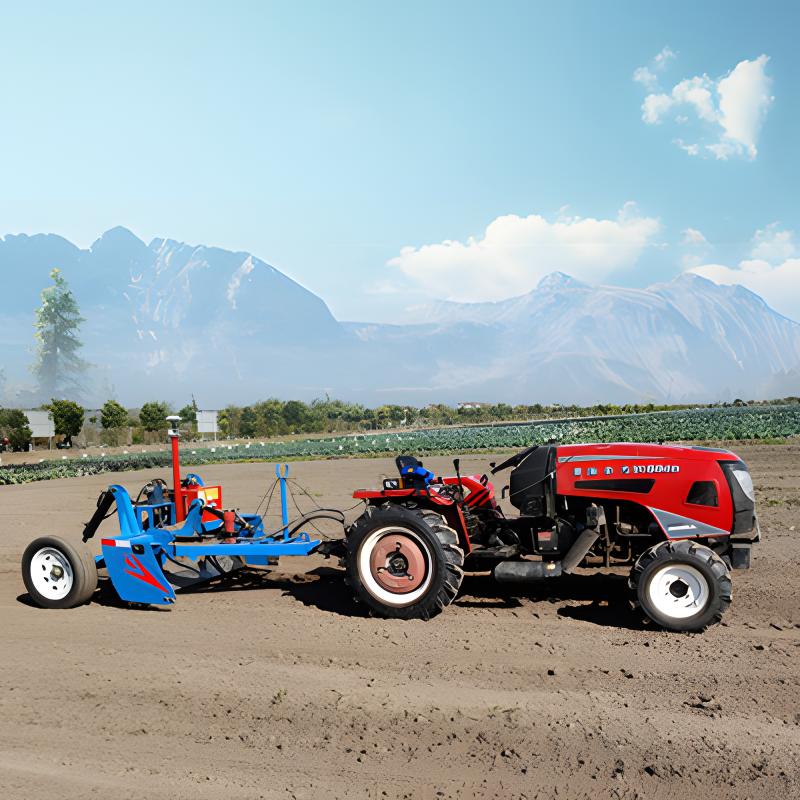Product Description
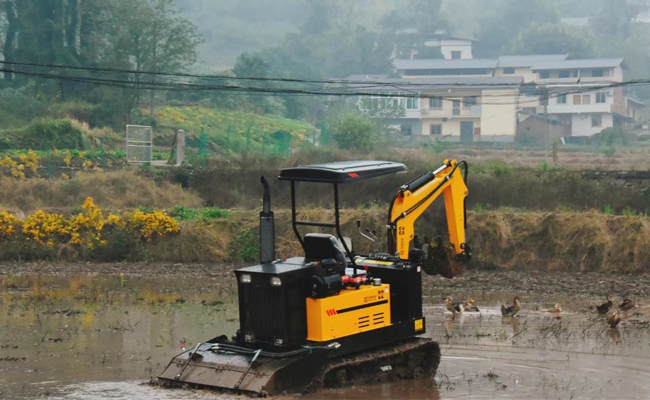
Remote-controlled self-propelled crawler tractor (1GZL 135A)
The self-propelled crawler rotary tiller combines robot control technology with agricultural machinery technology, focusing on the design of hilly and mountainous agricultural production. It has high power and wide tillage width, which enhances the paddy field operation capacity. It adopts a crawler-type walking chassis with special transmission, which is small in size and light in weight. The body can rotate 360° and can adapt well to mountainous terrain.
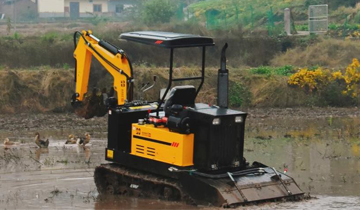
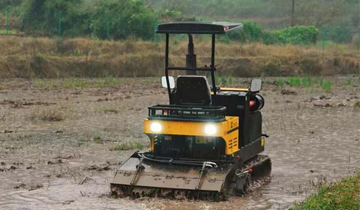
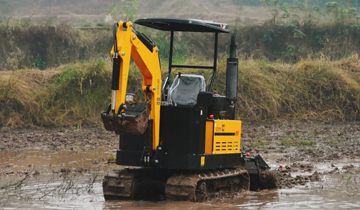
Product Features
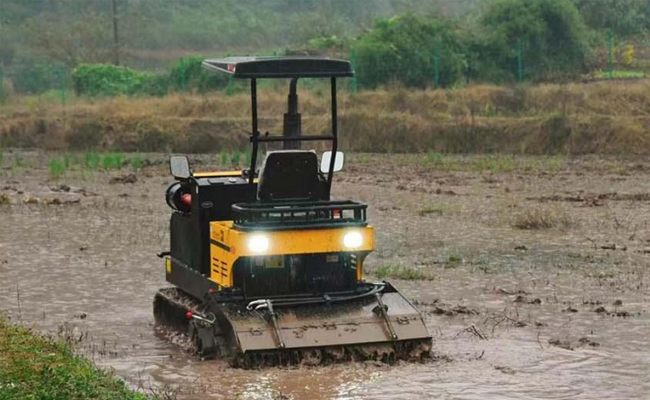
The remote-controlled self-propelled crawler tractor adopts a crawler design, which can easily overcome various complex terrains, whether it is soft sand, slippery mud or uneven mountains, and most other road conditions can be passed smoothly.
This remote-controlled self-propelled crawler tractor has a variety of operating modes. It fully takes into account the diverse situations in actual operations. It can flexibly choose a manned driving mode to achieve precise operation and on-site control according to different operating needs, or use remote control to operate Ways to deal with dangerous environments or remote control situations.
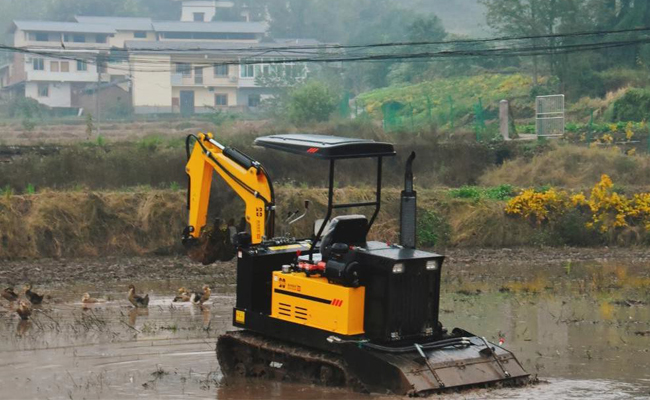
This remote-controlled self-propelled crawler tractor has the characteristics of multi-pipeline hydraulic output. Its powerful hydraulic output provides strong power for the auxiliary tools, effectively ensuring that all kinds of auxiliary tools installed on the tractor, such as tillage, sowing, fertilization, and harvesting, can stably and efficiently complete the corresponding agricultural operations.
The remote-controlled self-propelled crawler tractor is designed with engineering machinery-grade hydraulic module selection, which makes the tractor's hydraulic system extremely stable and greatly reduces the probability of failure.
Application Cases
The remote-controlled self-propelled crawler tractor adopts a crawler design with strong passability and can adapt to a variety of road conditions. It can easily overcome various complex terrains, whether it is soft sand, slippery mud or rugged mountains, etc. Most road conditions can be passed smoothly.
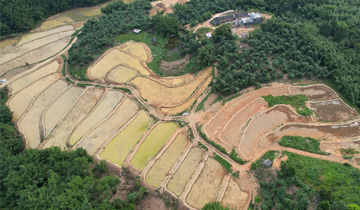
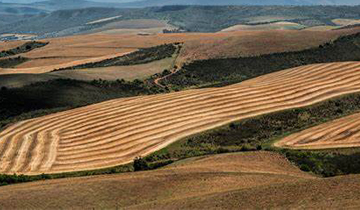
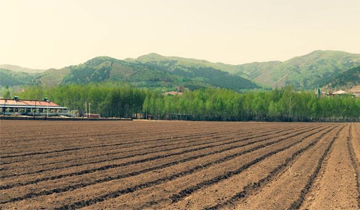
Technical Parameter
| Type | Main technical parameters |
|---|---|
| Overall dimensions | 2680*1710*2240mm |
| Engine power | 27.9kW |
| Engine speed | 2400r/min |
| Cultivated area | 1350mm |
| Plow deeply | ≥120mm |
| Minimum ground distance | ≥300mm |
| Rotary tillage device connection method | One-piece |
| Transmission mode of rotary tillage working parts | Side gear |
| Engine and clutch connection method | Direct connection |
| Braking method | Hydraulic brake |
| Knife roller rotary tiller model | PI195 |
| Total number of installed knives on the knife roller | 34 discs |
| Maximum turning radius of cutter roller | 220mm |
Product protection
- Strict production process and quality inspection: Following strict production process and quality control standards, from the processing and manufacturing of parts to the assembly and commissioning of the whole machine, every link is carefully controlled and strictly inspected. On the production line, multiple quality inspection processes are set up to conduct comprehensive inspections on various performance indicators of the robot, such as the movement accuracy of the robot arm, the accuracy of the visual recognition system, the positioning accuracy of the navigation system, etc., to ensure that every robot shipped meets high quality requirements.
- Timely spare parts supply: A complete spare parts supply system has been established to ensure that the required original spare parts can be provided in time when the robot fails. Adequate spare parts inventory and efficient logistics distribution network minimize the waiting time for maintenance and reduce the impact of equipment failure on tea picking work in the garden.
- Professional after-sales service team: Equipped with a professional after-sales service team, the team members have rich robot technology knowledge and maintenance experience, and can respond to customers' after-sales needs in a timely manner. Whether it is during the installation and commissioning stage of the robot or when problems occur during daily use, technical support and solutions can be quickly provided to customers to ensure the normal operation of the robot.










